Balancing a motorcycle tire is an essential maintenance task that promotes better handling, extends tire life, and improves overall riding comfort. Whether you’re a seasoned rider or a novice, understanding how to balance a motorcycle tire is vital for safety and performance. In this comprehensive guide, we will explore the importance of tire balancing, the tools required for the process, detailed steps you can follow, the various methods available, and some additional tips to ensure that your motorcycle tires are perfectly balanced.
The Importance of Wheel Balancing for Motorcycles
Motorcycle wheel balancing is crucial for a smooth, safe ride. It involves adding weights to the wheel to promote even rotation. Balanced wheels reduce excessive vibration which affects handling and rider comfort. Achieving a balanced wheel can prolong the life of motorcycle components.
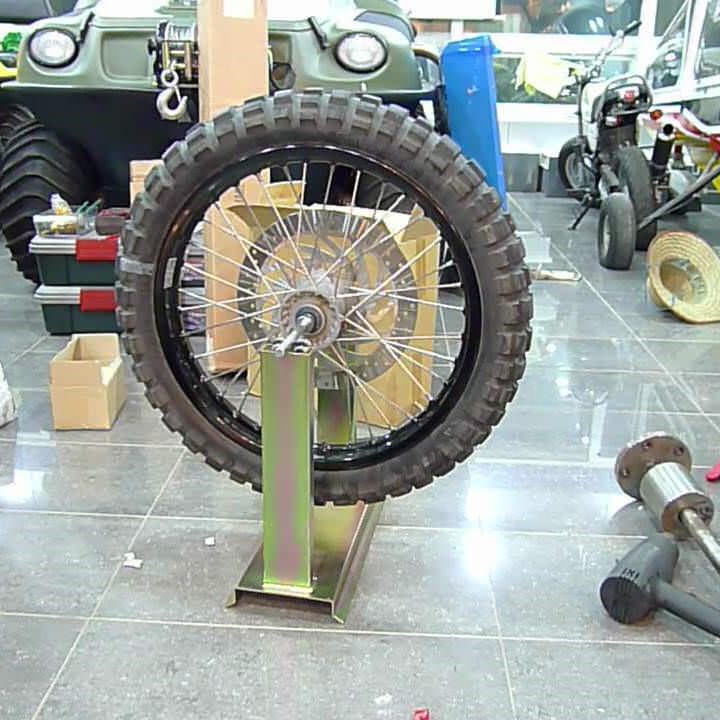
When and Why Your Motorcycle Tire Needs Balancing
You should balance your motorcycle tire routinely, especially after fitting a new tire. New tires, although fresh, may not be perfectly round due to their rubber composition. This imperfection calls for balancing to ensure they rotate evenly. If you experience unusual vibrations while riding, it’s a clear indicator that wheel balancing is necessary. Subsequent checks and balances are essential, not only to boost riding comfort but also to prevent premature wear of vital parts like wheel bearings and fork tubes. Balancing your tires helps maintain optimal motorcycle performance and safety on the road.
Signs Your Motorcycle Wheel is Unbalanced
Detecting an unbalanced motorcycle wheel is essential for safe and comfortable riding. An unbalanced wheel may cause noticeable vibrations and instability, which could lead to handling difficulties and increased tire wear. If your ride feels uneven or if you experience abnormal shaking, especially at certain speeds, it’s time to check the wheel balance.
Diagnosing Vibration Issues in Your Ride
To identify vibration issues in your motorcycle, start by observing when and how vibrations occur. Unusual vibrations usually appear at specific speeds or when accelerating. These vibrations are often most apparent in the handlebars, seat, or foot pegs. If you notice these signs, it indicates that your wheels might need a balance check. A professional can help determine the exact cause of the vibrations and correct any imbalances in the wheels.
Causes of Imbalance in Motorcycle Wheels
Understanding the causes of imbalance in motorcycle wheels can help you address and prevent it. The primary factors include the nature of the tire materials and environmental impacts such as road hazards.
The Role of Rubber and Road Hazards
Motorcycle tires are made from rubber, which varies in density and shape. This means that tires are not always perfectly round and balanced when manufactured. Over time, the tires experience wear, and this can further lead to unevenness in shape and weight distribution.
Additionally, road hazards play a significant role in disrupting wheel balance. Hitting potholes, curbs, or debris can deform the wheel, causing an imbalance. This often results in the loss of previously attached balancing weights, adding to the issue. Riders may notice a decline in comfort and control when these imbalances occur.
When faced with these issues, it’s essential to correct them promptly. Continual riding with an imbalanced wheel leads to more significant problems, such as increased tire wear and damage to the motorcycle’s suspension system.
Tire balancing compensates for these irregularities, ensuring a smooth, safe ride. It’s beneficial to be aware of your riding environment and to routinely inspect your tires and wheels to maintain proper balance and extend the lifespan of your motorcycle.
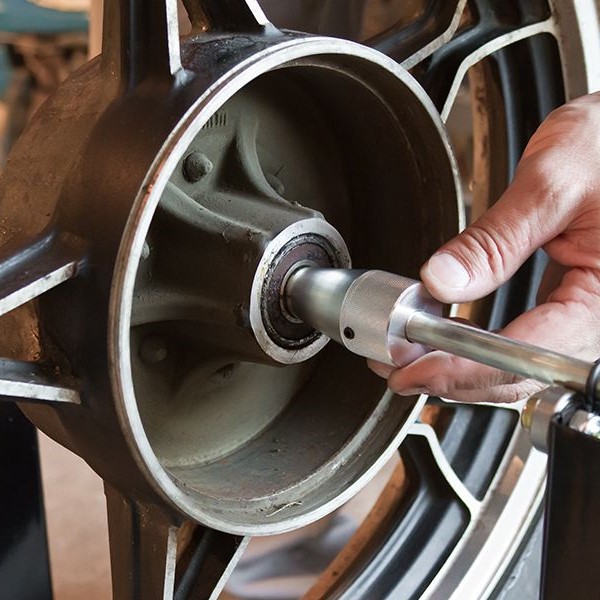 Professional Wheel Balancing Explained
Professional Wheel Balancing Explained
Understanding professional wheel balancing is key to ensuring your motorcycle delivers a comfortable ride. It corrects imbalances, reducing vibrations and extending the life of your bike’s components.
Static vs. Dynamic Balancing Techniques
There are two main balancing methods: static and dynamic.
Static balancing targets the vertical axis. Weights are placed in the wheel’s center, on the rim’s flat part. This can be done with or without a balancing machine.
Dynamic balancing is more intricate. It corrects imbalances on both the vertical and horizontal axes. A balancing machine is used to identify unbalances, which are then compensated for by placing weights at specific points around the wheel, not just the center.
Dynamic balancing is especially beneficial when the imbalance is not located at the center of the wheel assembly. It ensures the wheel rotates smoothly in all directions, essential for high-speed stability and overall handling. Professional wheel balancing, whether static or dynamic, is a precise process that often requires specialized equipment and expertise.
The Balancing Process: A Step-by-Step Guide
Understanding the process of balancing a motorcycle tire is crucial for any rider. This guide will walk you through the steps involved in ensuring your motorcycle wheels are perfectly balanced, providing a safer, smoother ride.
Tools and Equipment Used in Wheel Balancing
To balance your motorcycle wheel professionally, several tools and pieces of equipment are necessary:
- Balancing Machine: This is essential for both static and dynamic balancing. It spins the wheel to detect imbalances.
- Weights: These are added to the wheel to counteract any imbalances detected by the machine.
- Calipers: Used to measure the wheel and detect the weight distribution accurately.
- Wheel Balancer Stand: For motorcycles, a specific type of stand helps hold the wheel steady during the balancing process.
Each tool plays a critical role in the balancing process, ensuring accuracy and efficiency.
Balancing Motorcycle Tires at Home
While professional equipment ensures precise balancing, some riders opt to balance tires at home. With care and the right tools, do-it-yourself (DIY) balancing is possible. Before attempting a DIY balance, consider the complexity and your skill level.
Is DIY Motorcycle Tire Balancing Advisable?
DIY motorcycle tire balancing can be a practical skill. For those with mechanical aptitude, it may save time and money. However, it requires precision. The right equipment, patience, and an understanding of the process are essential. Consider professional help if you’re unsure. Imperfect balancing can lead to ride discomfort and potential safety issues. DIY is best for experienced riders comfortable with their bike’s mechanics.
Special Considerations for Off-Road Motorcycles
Off-road motorcycles tackle rough terrain. They face rocks, mud, and unpredictable surfaces. For these bikes, balancing wheels follows a different rulebook. Unlike street bikes, off-road models often use foam tires or gripsters. These additions boost grip but can make wheels unbalanced. However, off-road riders rarely balance wheels. Bumps and vibrations are part of the off-road experience. Correcting every unbalance isn’t practical. The uneven terrain masks any imbalance-related vibration.
When Wheel Balancing Isn’t Necessary
For off-road riding, wheel balancing may not be essential. The uneven ground with constant ups and downs makes it less noticeable. It’s common to use specially designed tires that handle terrain stress. These tires often have built-in heavy-duty features for stability. In these cases, the natural imbalance is not a major problem. Wheel balancing is skipped to focus on other priorities. These might include tire durability and traction. Still, if an on-road segment is part of the journey, checking the balance can help. It ensures a smooth transition from dirt to pavement.
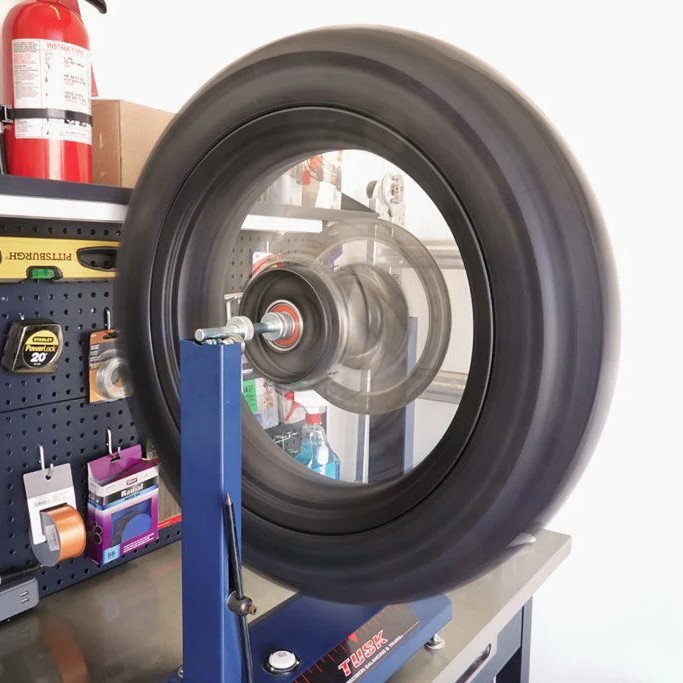 Maintaining Balanced Wheels
Maintaining Balanced Wheels
To keep your motorcycle’s wheels balanced, regular maintenance is key. Proper wheel balance ensures a smoother ride and increased safety. Consistent checks help prevent uneven tire wear and unnecessary strain on your bike’s components.
Tips for Prolonged Tire Balance and Performance
- Inspect your tires frequently: Look for signs of wear or damage. Catching issues early can save time and prevent further imbalances.
- Check wheel balance after tire work: Any time you change or repair a tire, make sure to balance it before riding.
- Avoid harsh riding conditions when possible: Rough roads can cause wheel weights to dislodge, leading to imbalance.
- Use quality weights: Invest in reliable, durable weights that adhere well to the rims.
- Follow manufacturer guidelines: Adhere to your motorcycle’s specifications for tire pressure and maintenance.
- Seek professional assistance when needed: If you’re not confident in balancing wheels yourself, get help from experts.
By following these tips and understanding how to balance a motorcycle tire, your rides will be safer and more enjoyable. Regular wheel maintenance is a small but crucial step in motorcycle care.

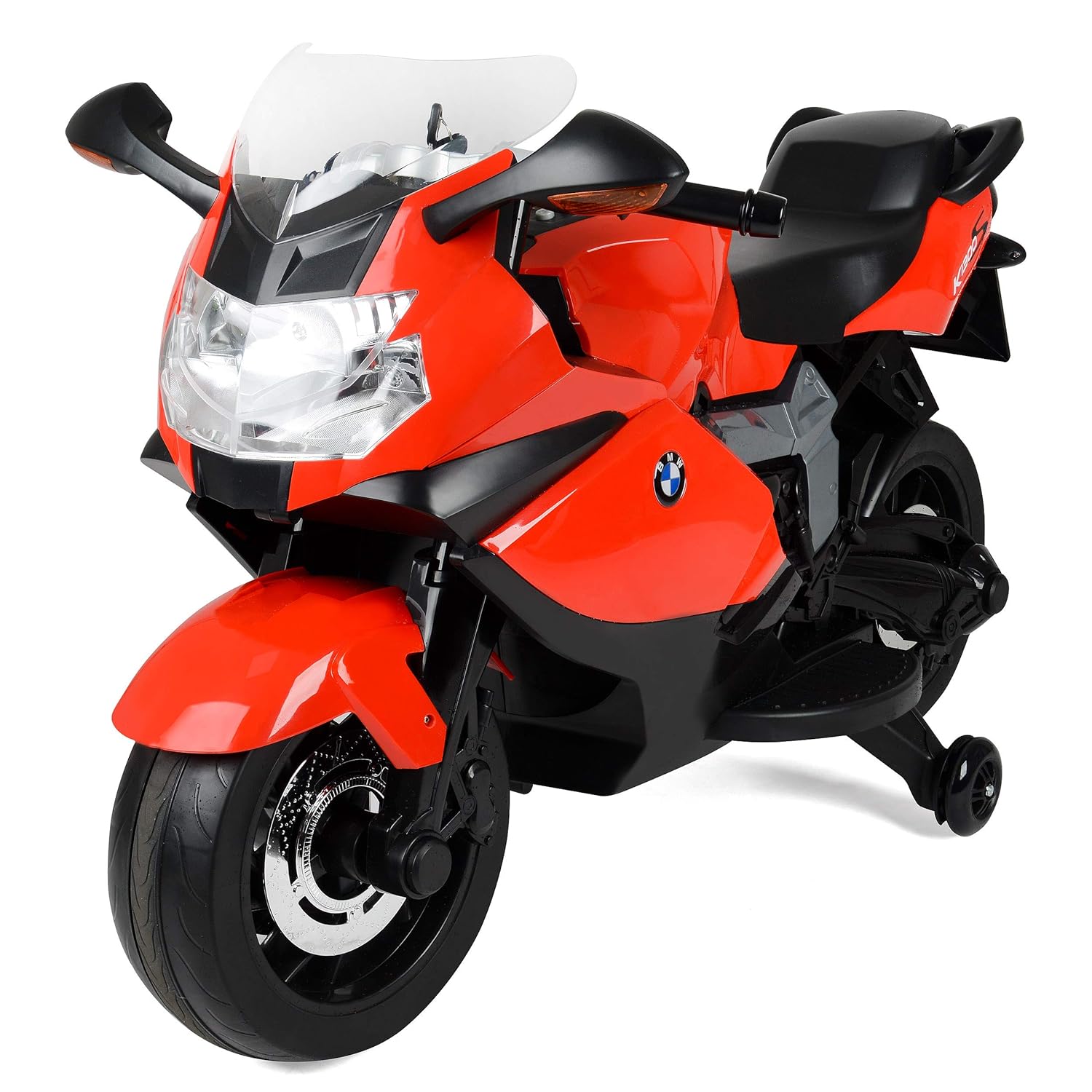
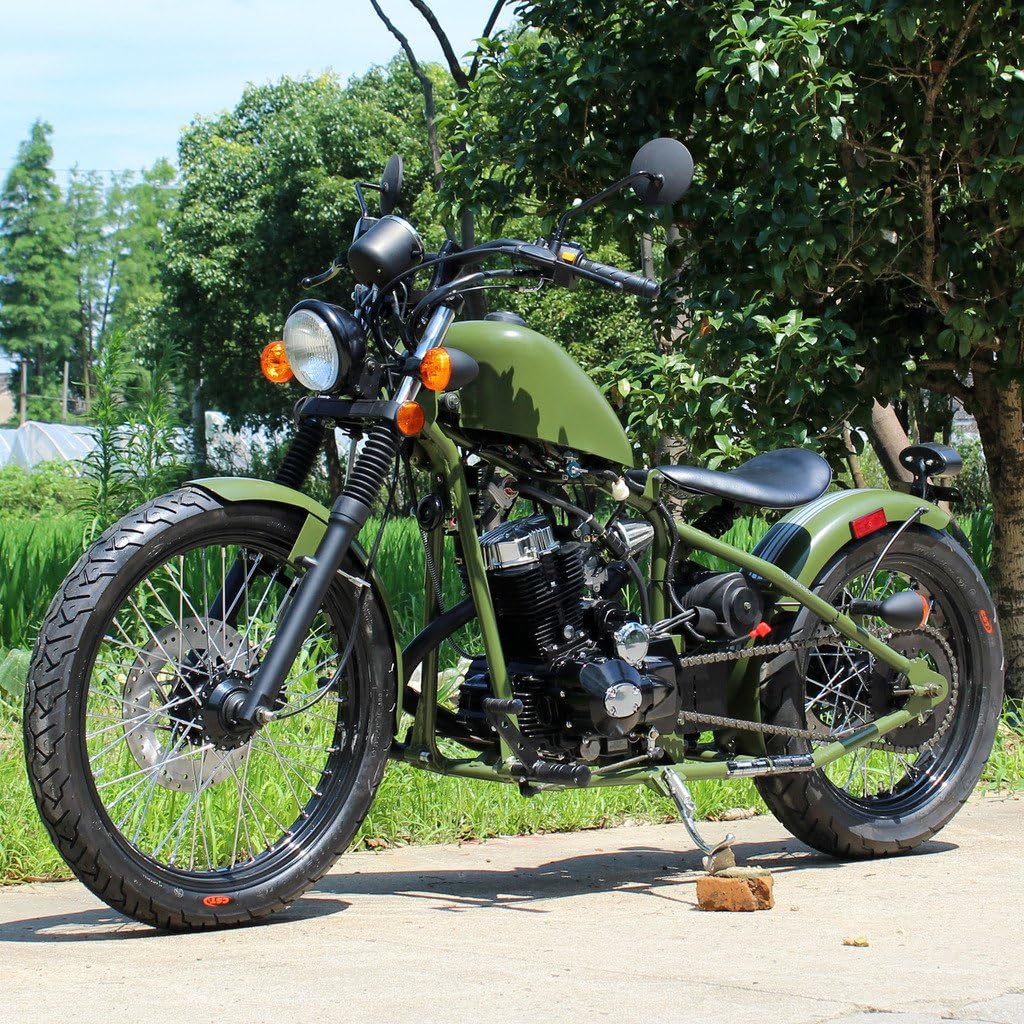 Necessary Documentation and Fees
Necessary Documentation and Fees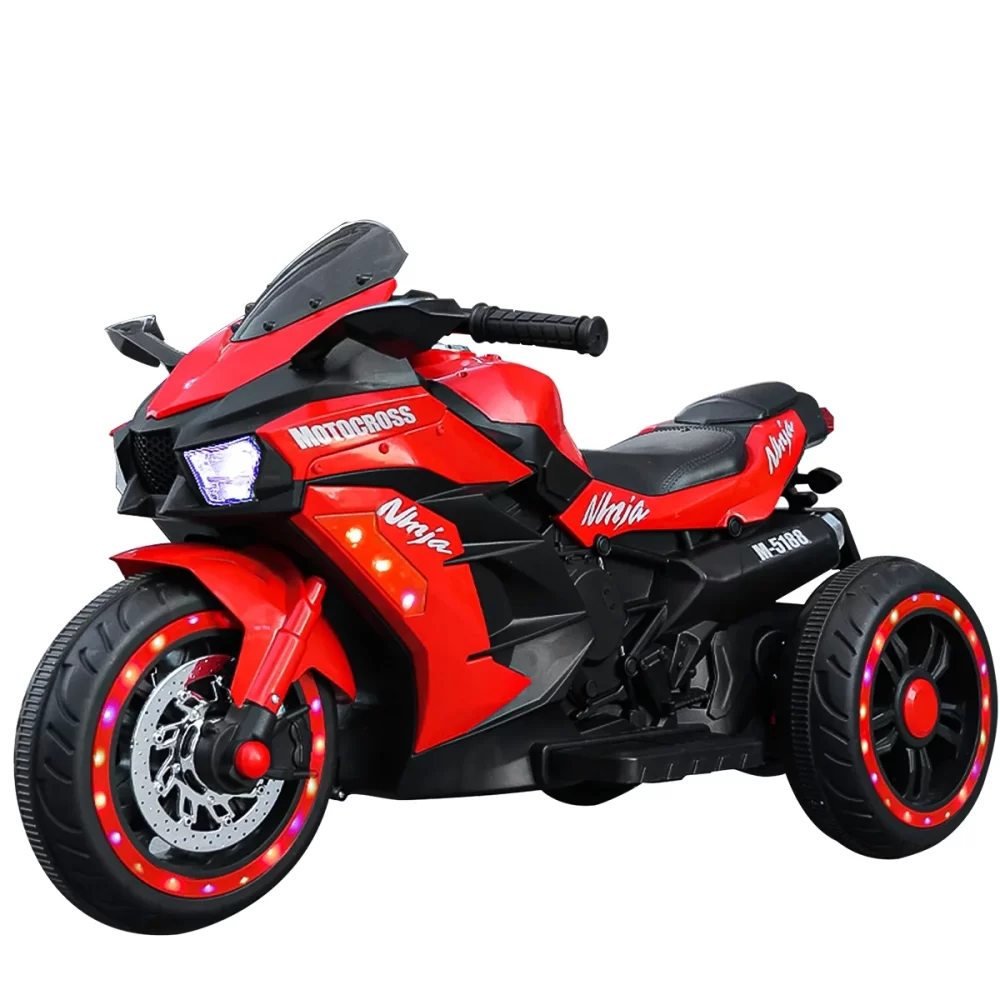 Resources for Nevada Motorcycle Riders
Resources for Nevada Motorcycle Riders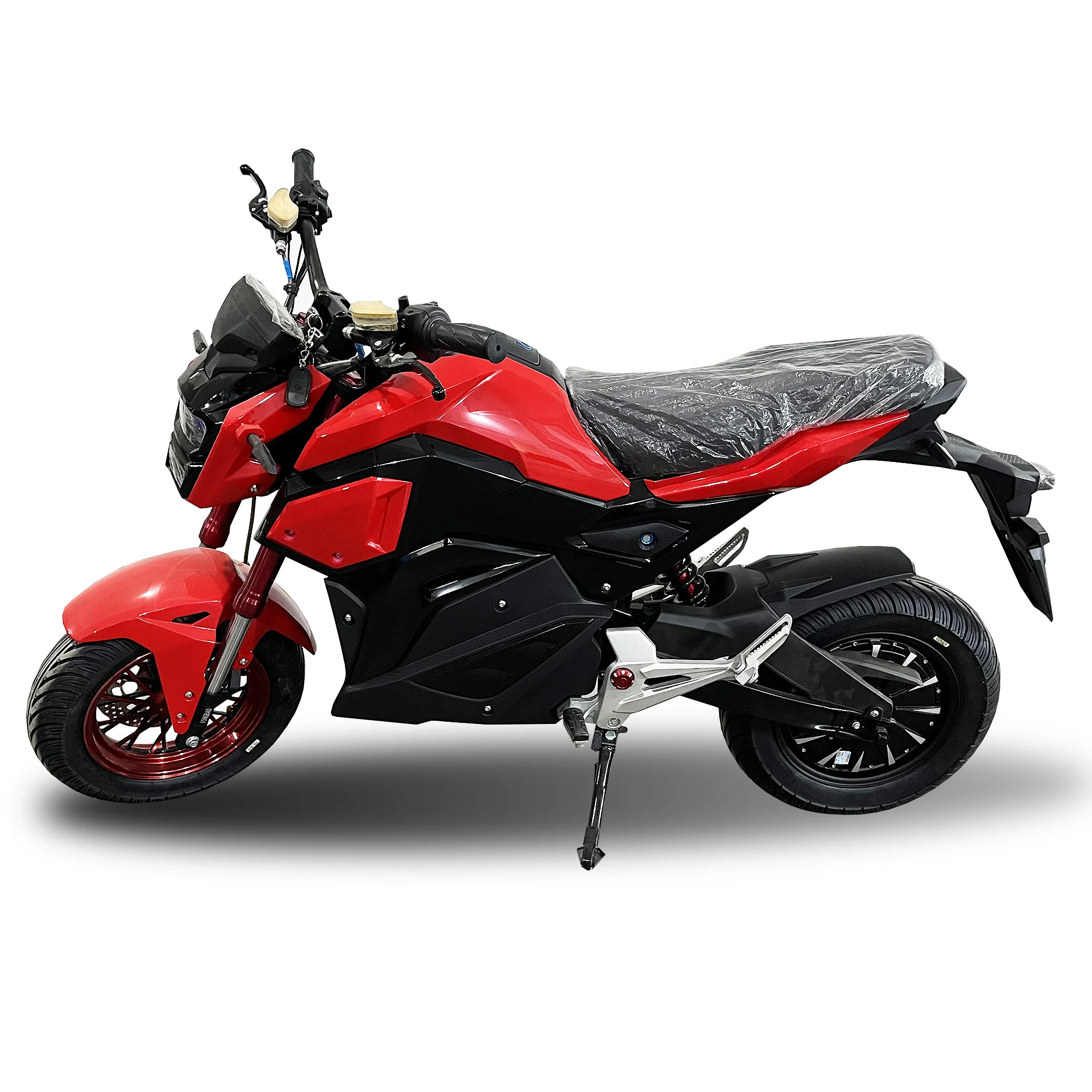
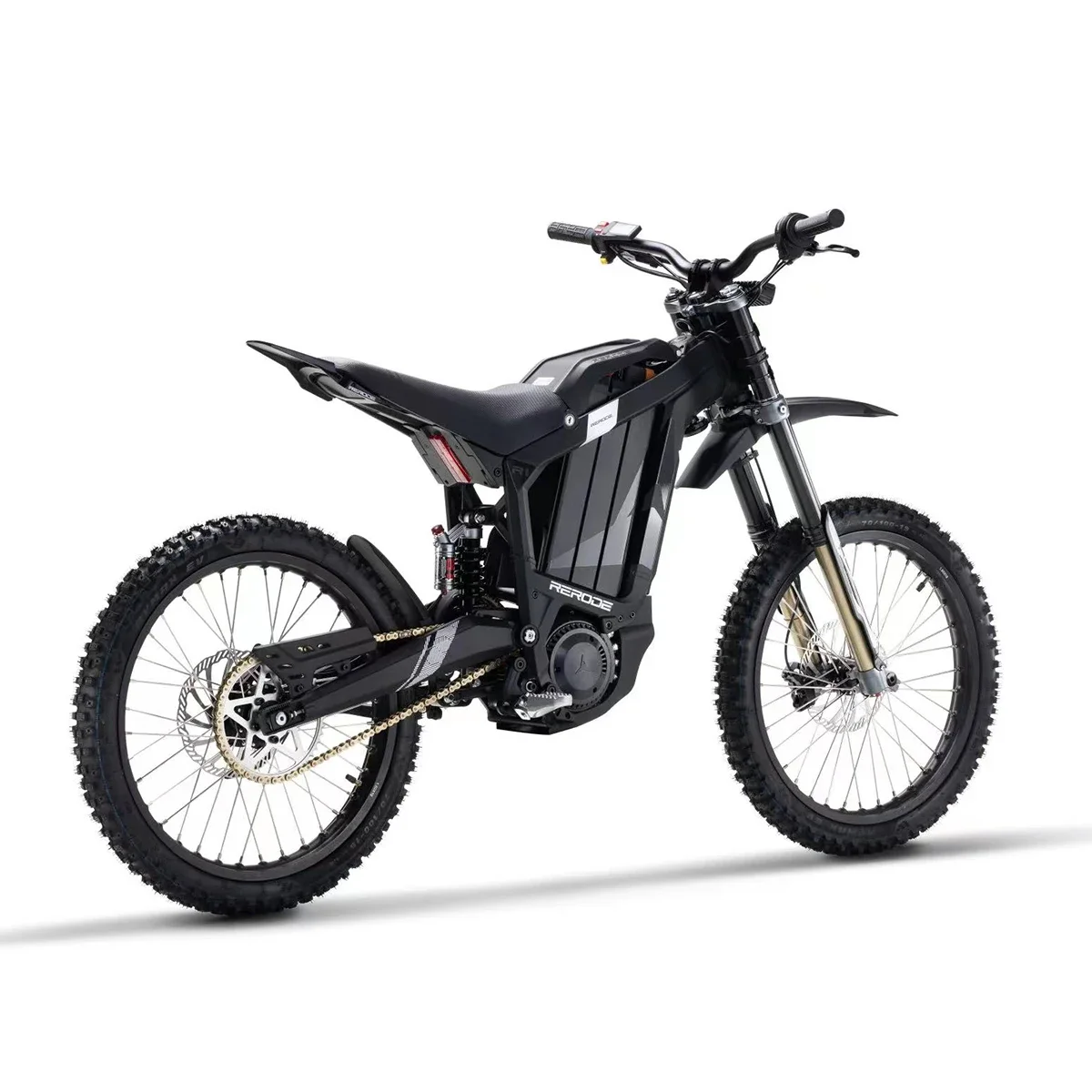 Taking a Motorcycle Safety Course
Taking a Motorcycle Safety Course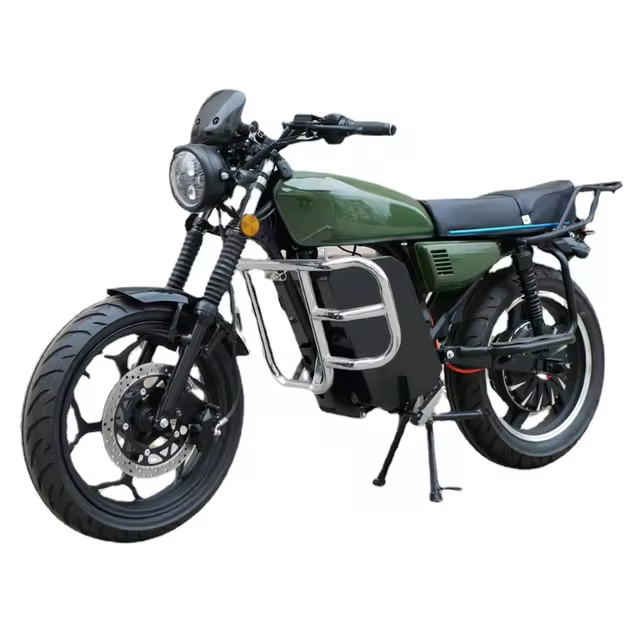 After Getting Your Motorcycle License
After Getting Your Motorcycle License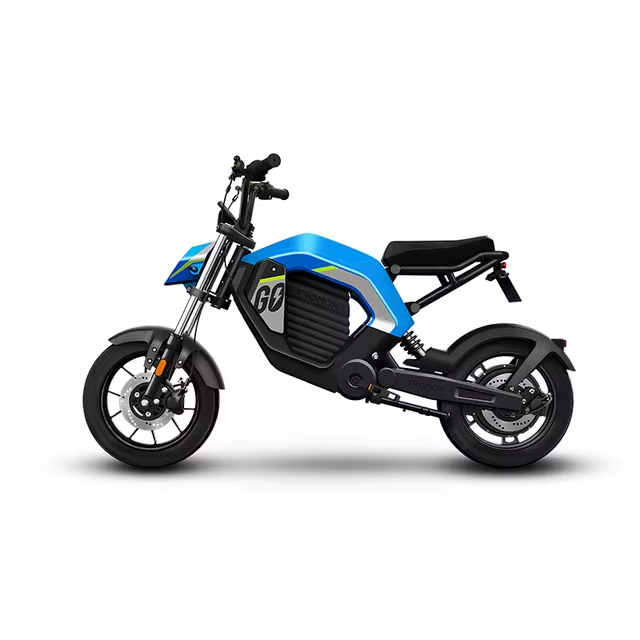
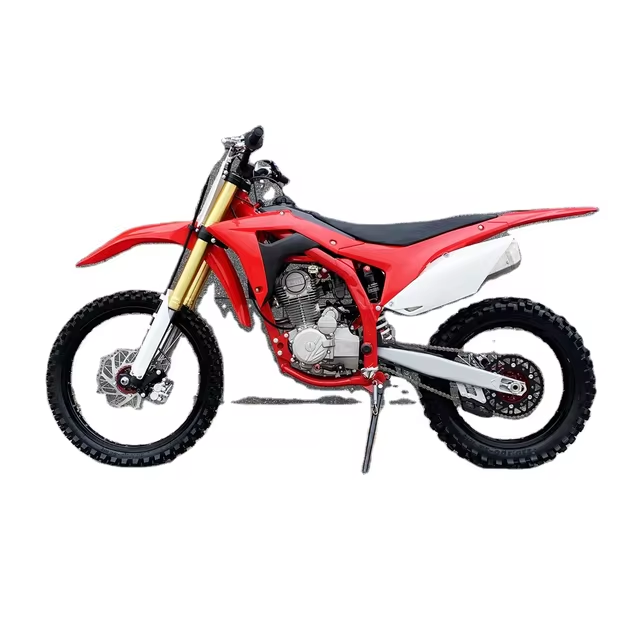 Legal Consequences for Uninsured Riders
Legal Consequences for Uninsured Riders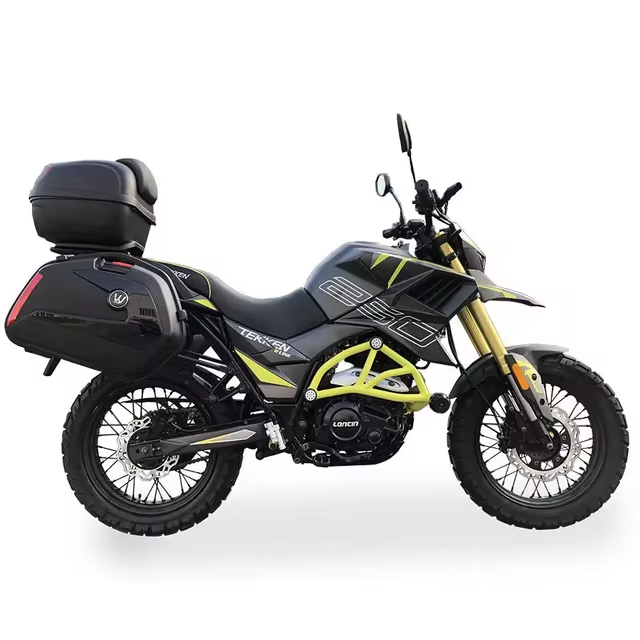 Recommendations for Florida Motorcyclists
Recommendations for Florida Motorcyclists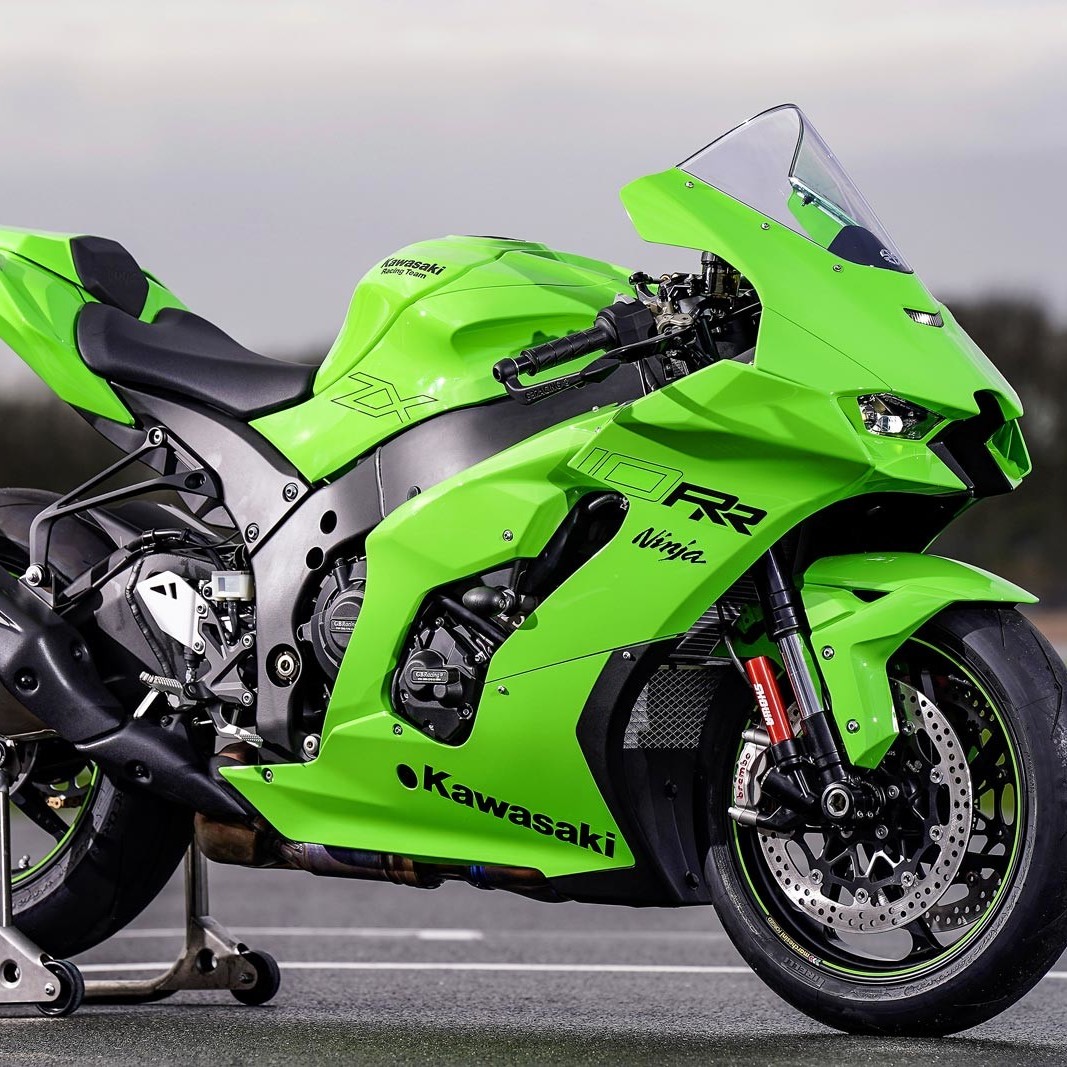
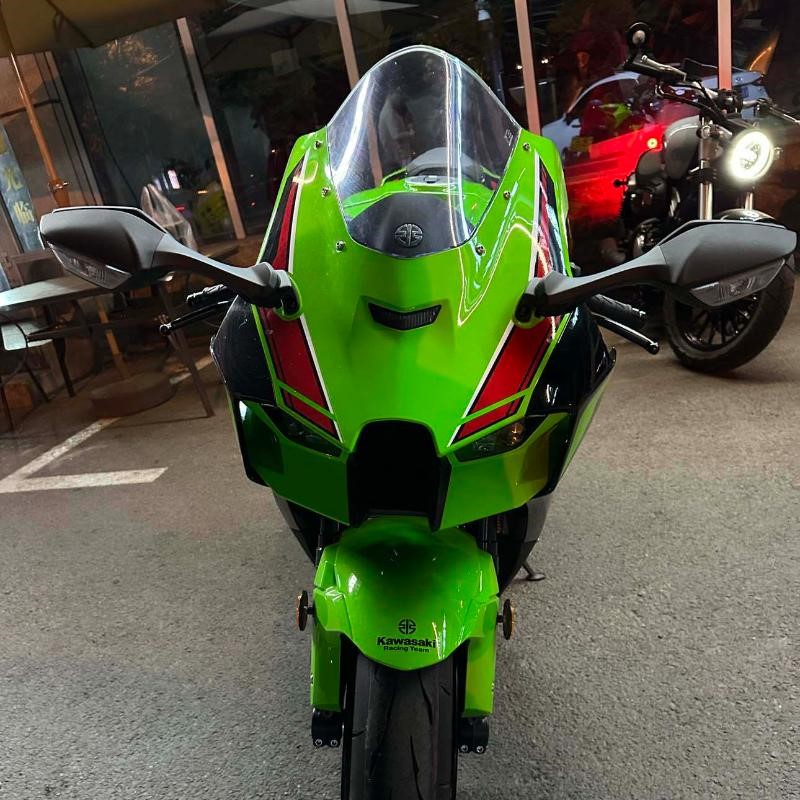
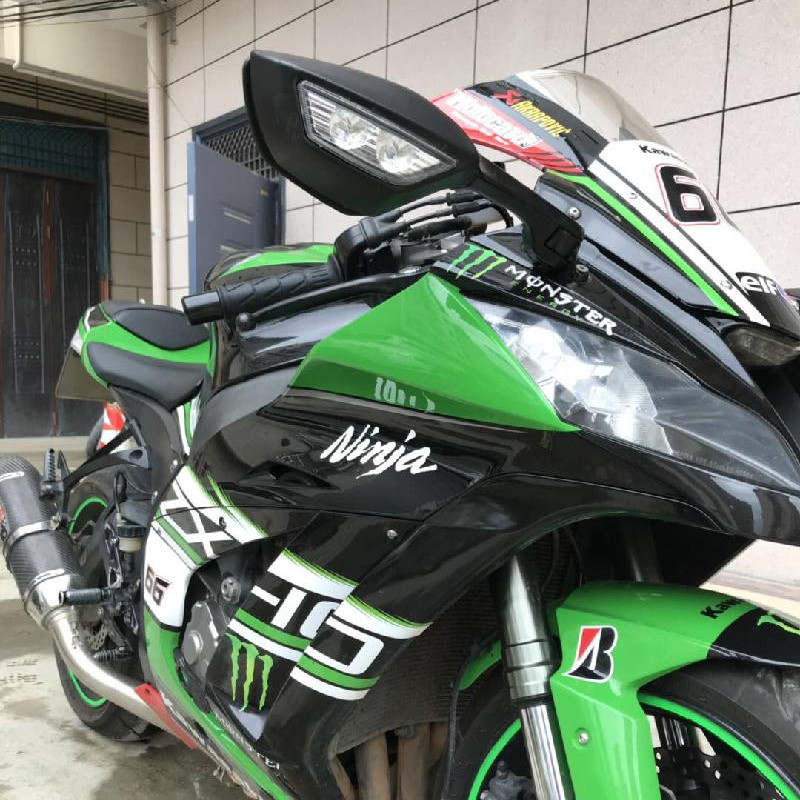
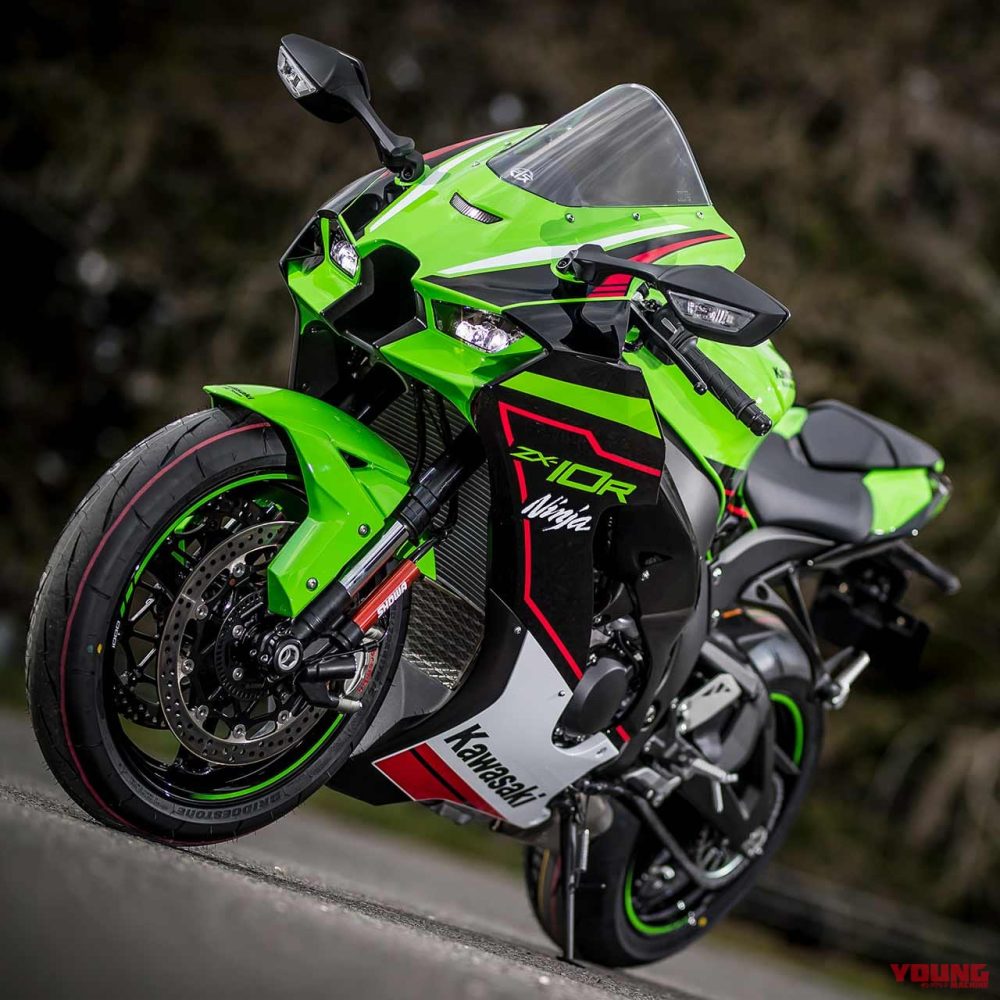
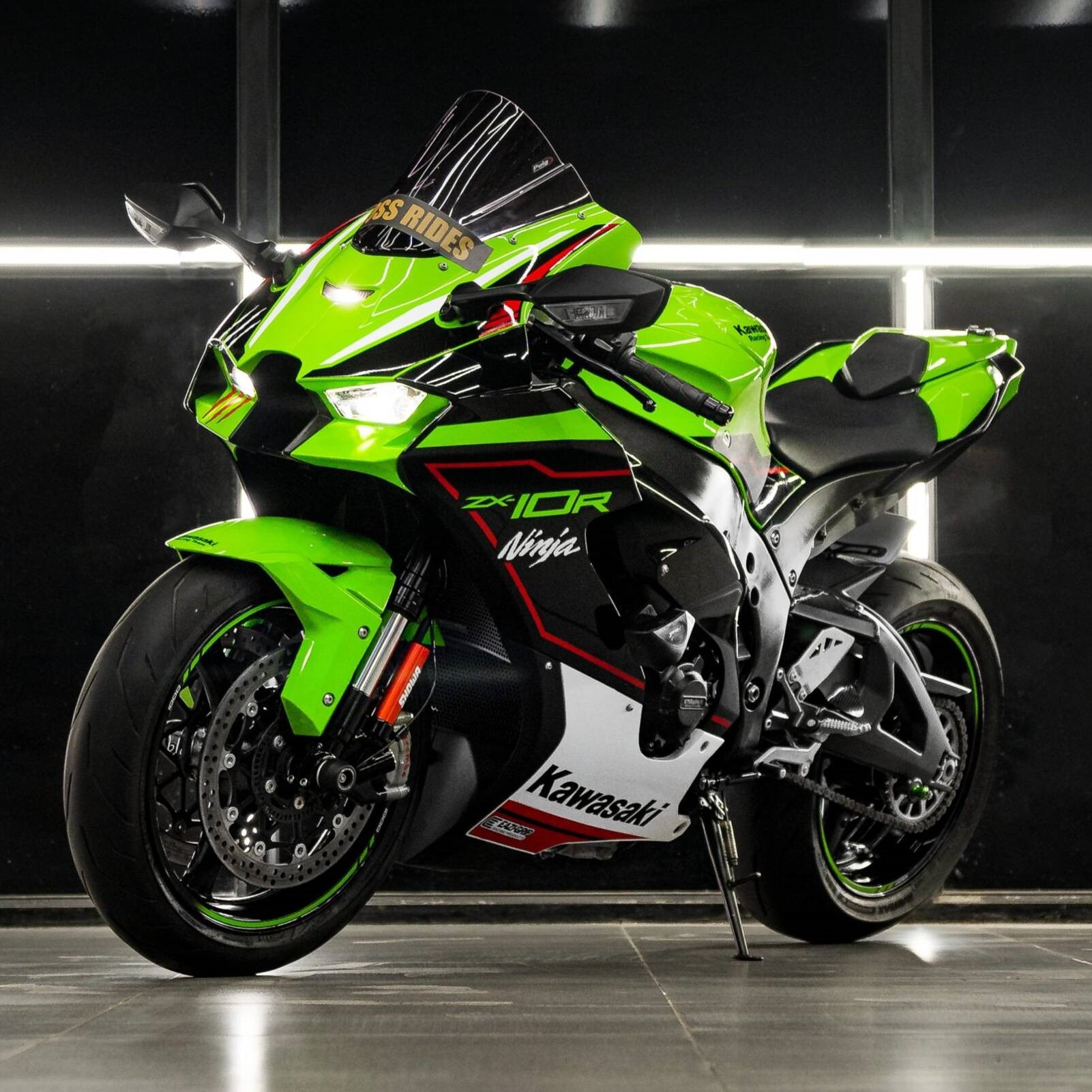 Conclusion: Evaluating the Value of the Kawasaki Ninja ZX-10R
Conclusion: Evaluating the Value of the Kawasaki Ninja ZX-10R
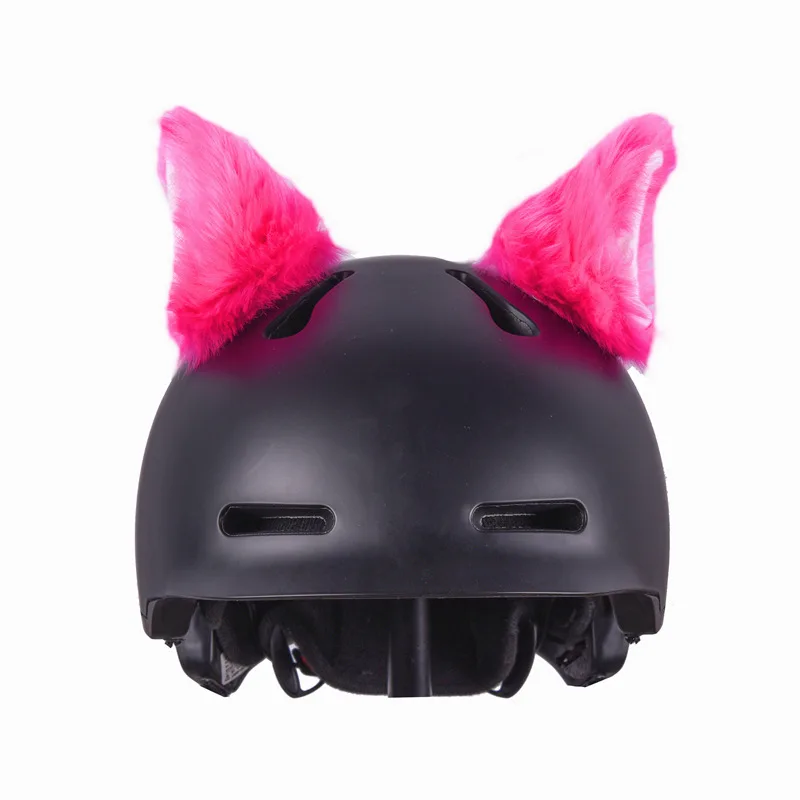
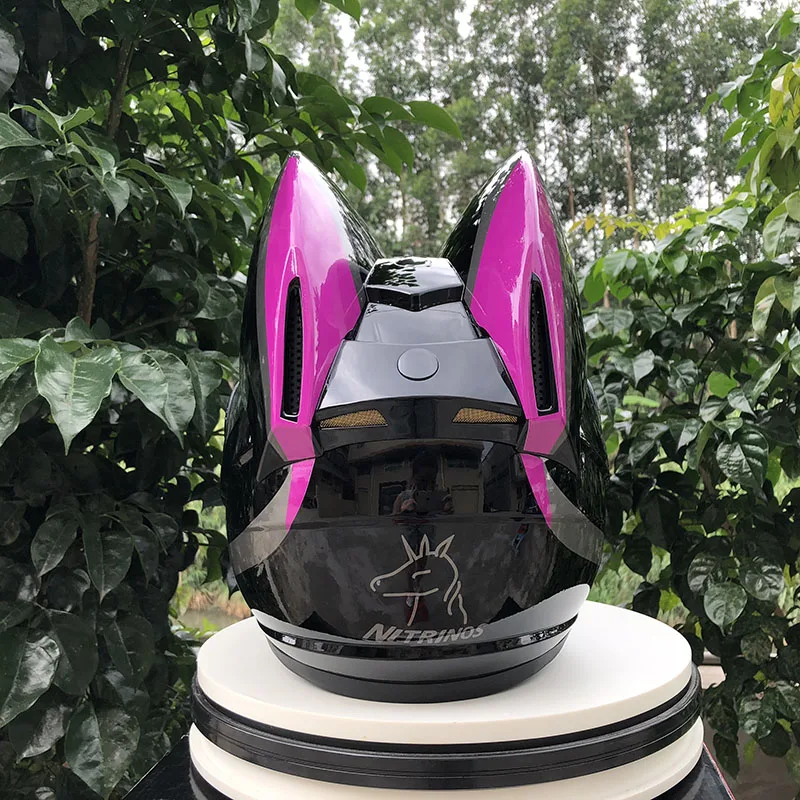
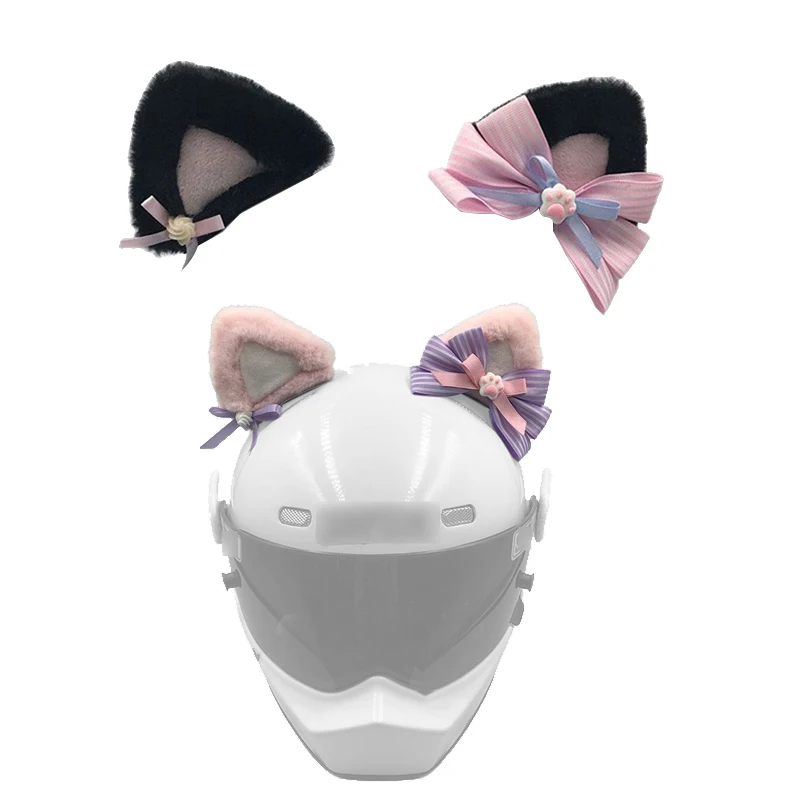
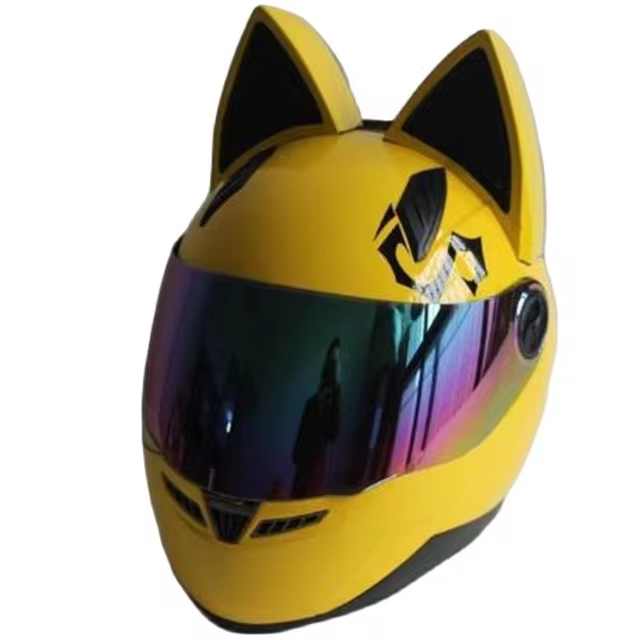 How to Clean Bike Helmet with Cat Ears
How to Clean Bike Helmet with Cat Ears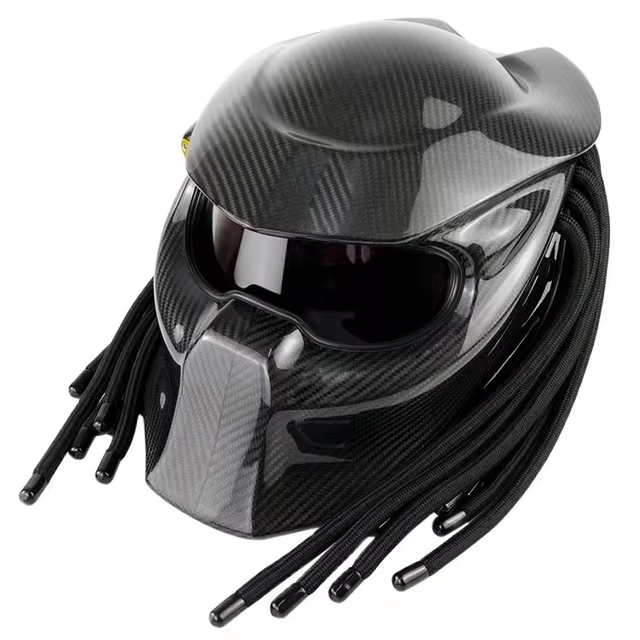


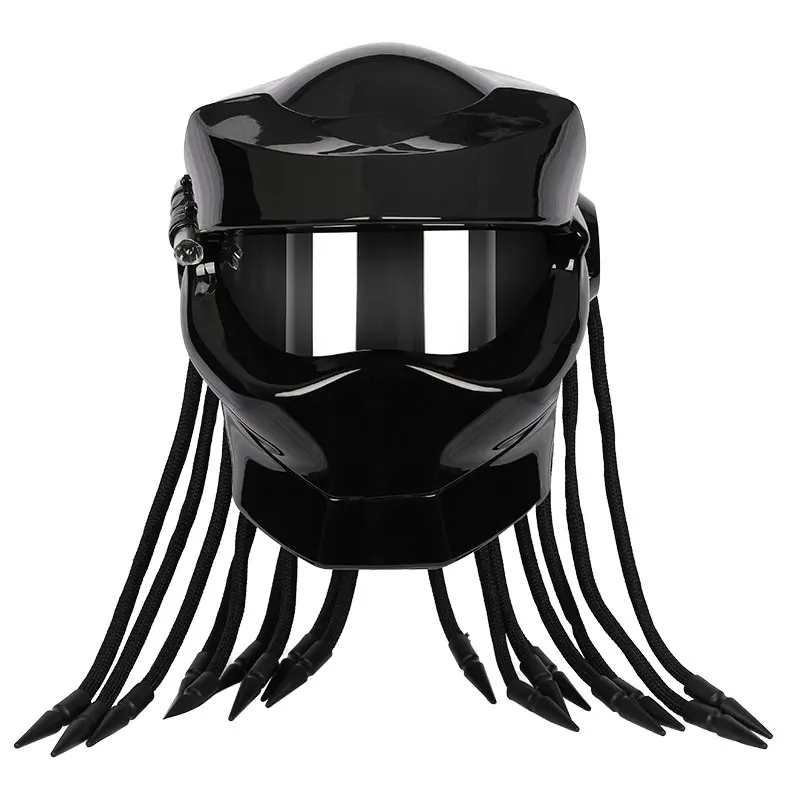
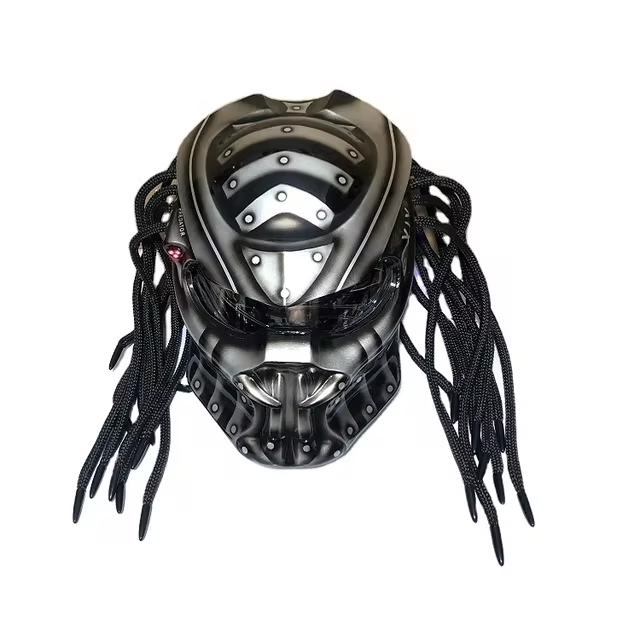 Conclusion: Is It Illegal to Have a Predator Motorcycle Helmet?
Conclusion: Is It Illegal to Have a Predator Motorcycle Helmet?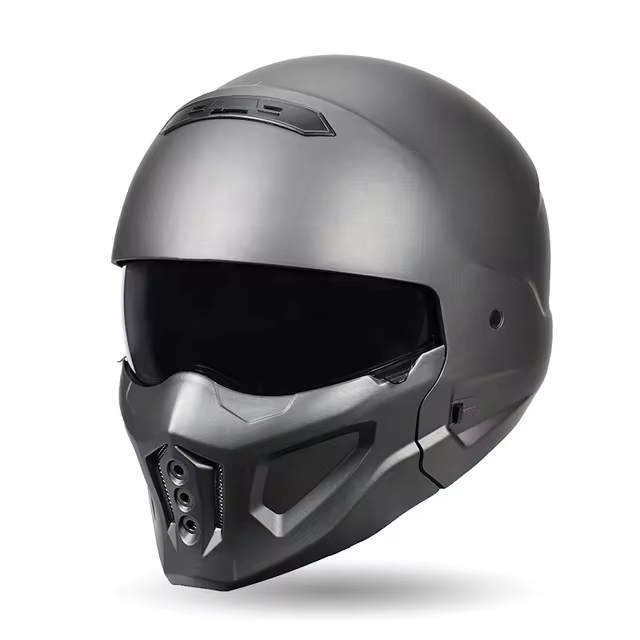
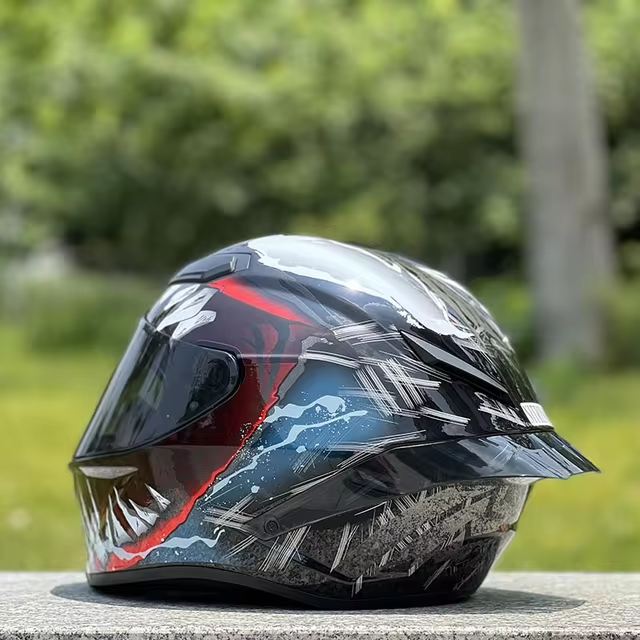
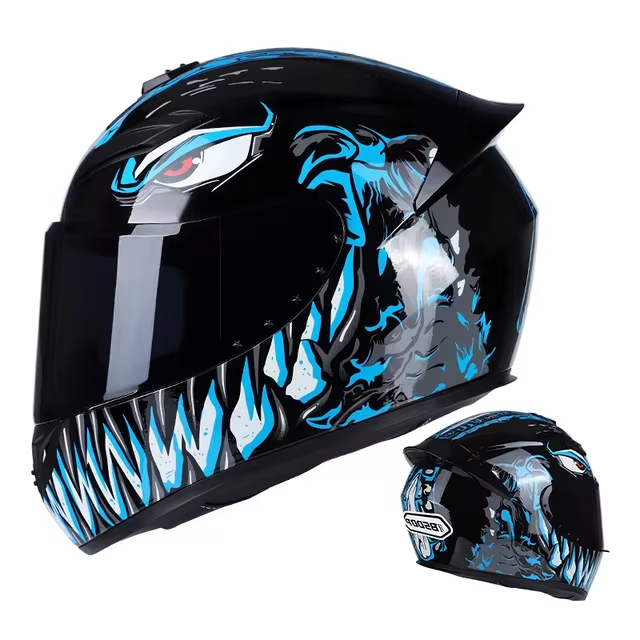 Making the Right Choice for You
Making the Right Choice for You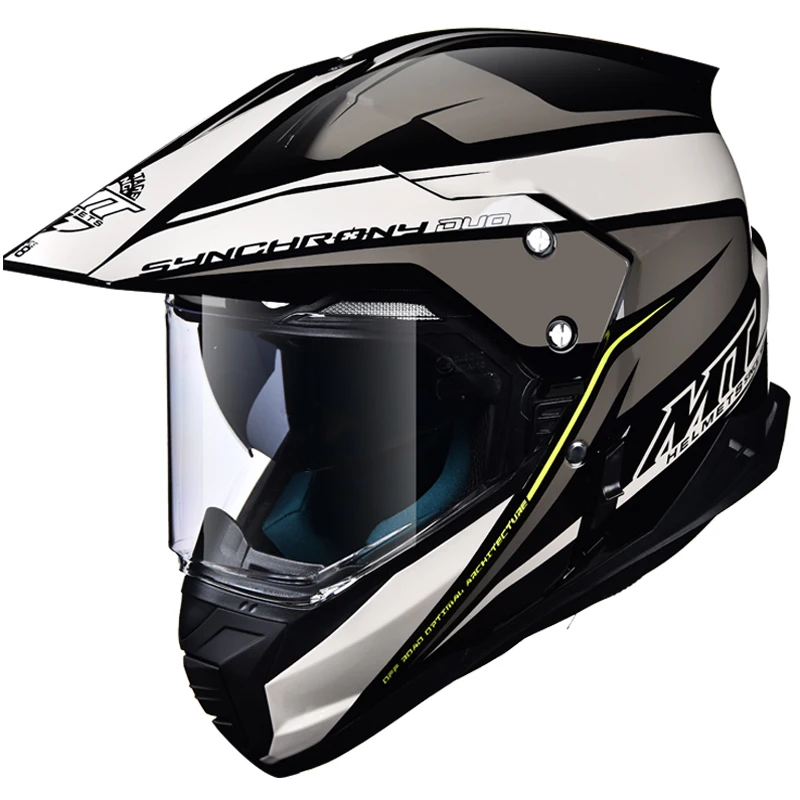
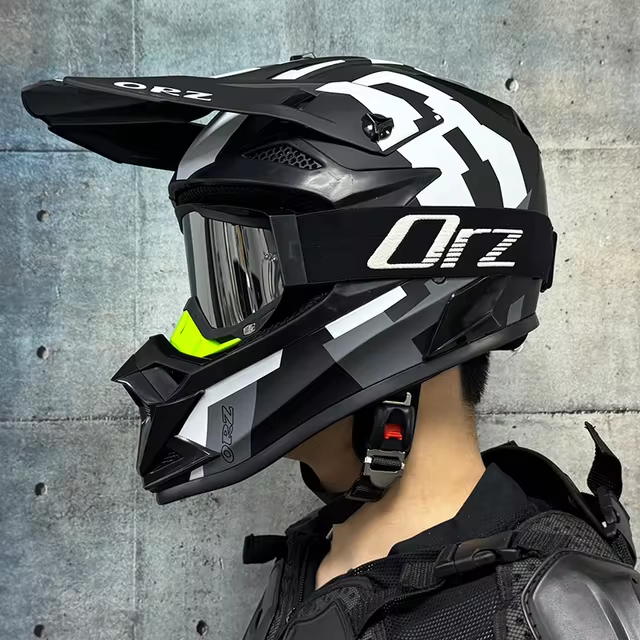
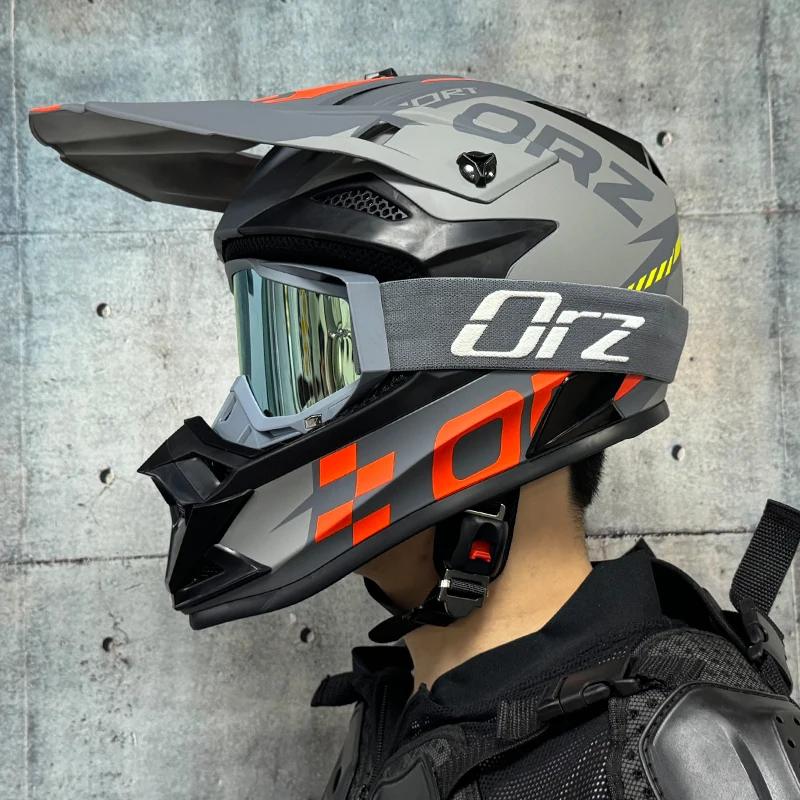 Conclusion: Choosing Your Adventure Motorcycle Helmet
Conclusion: Choosing Your Adventure Motorcycle Helmet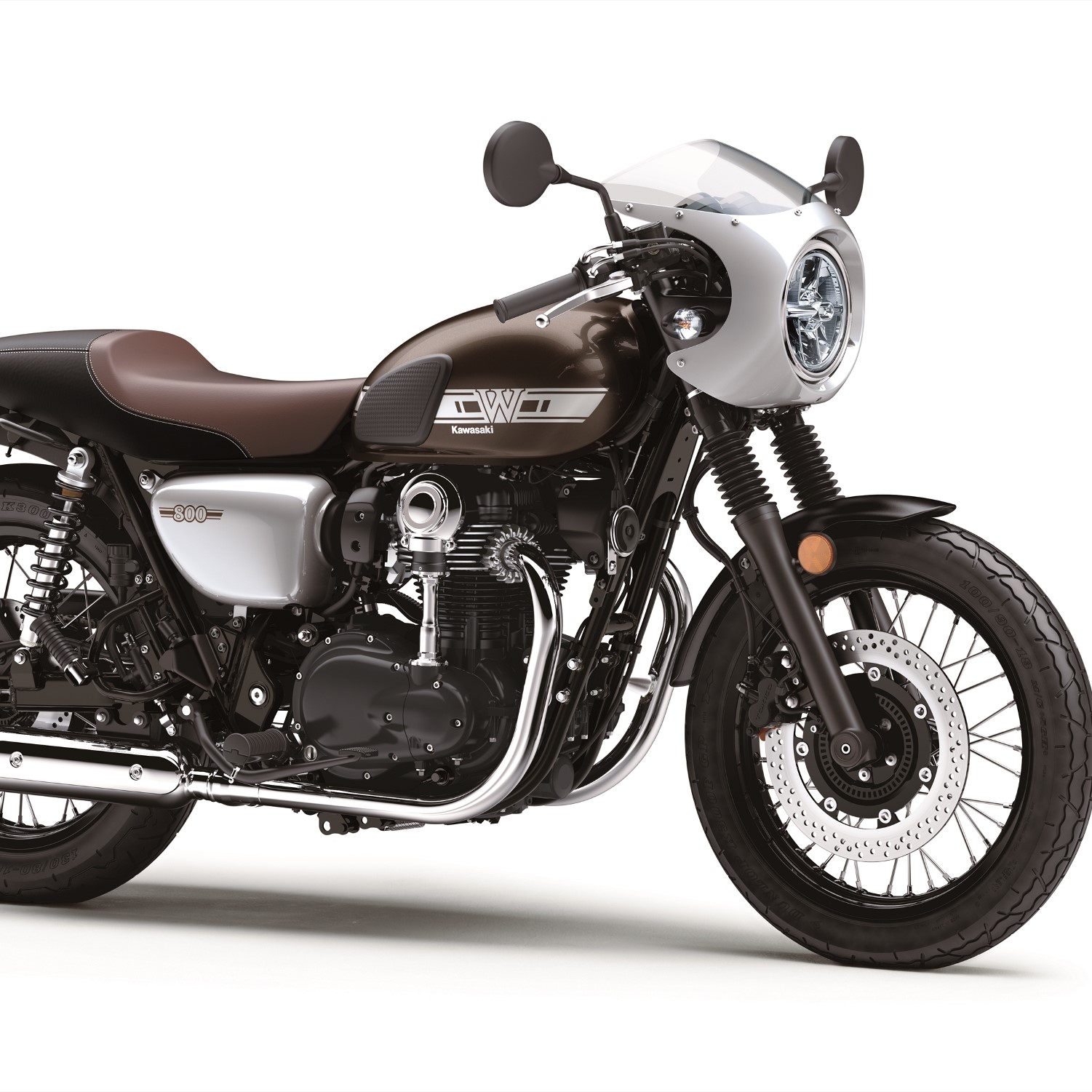

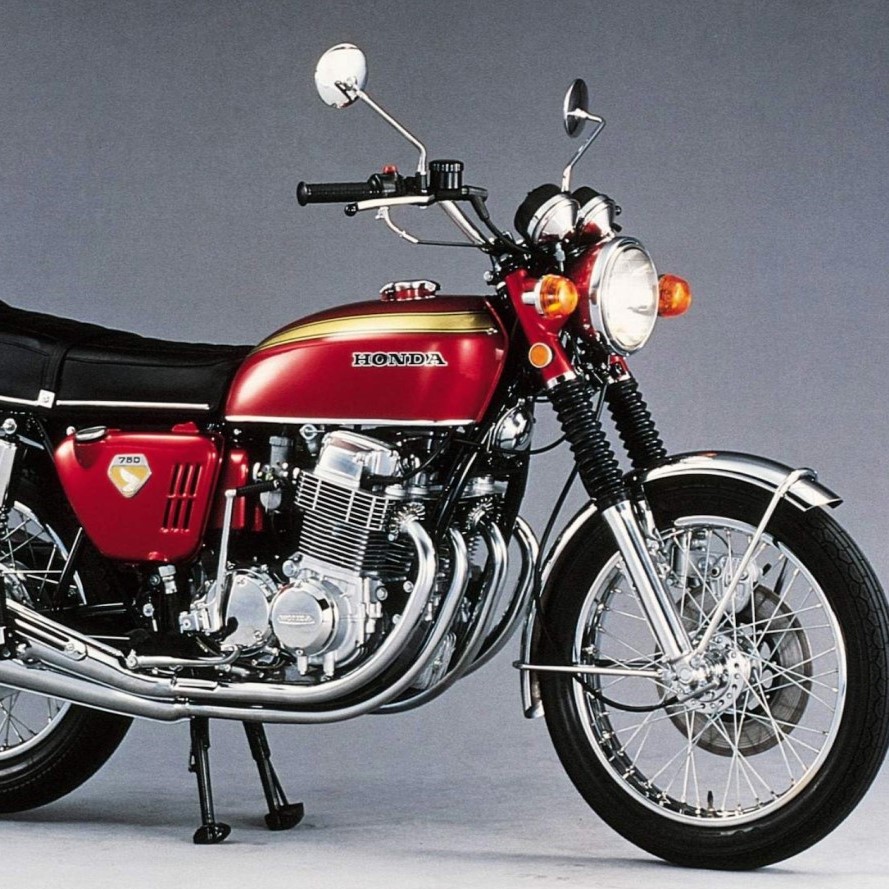 Conclusion
Conclusion